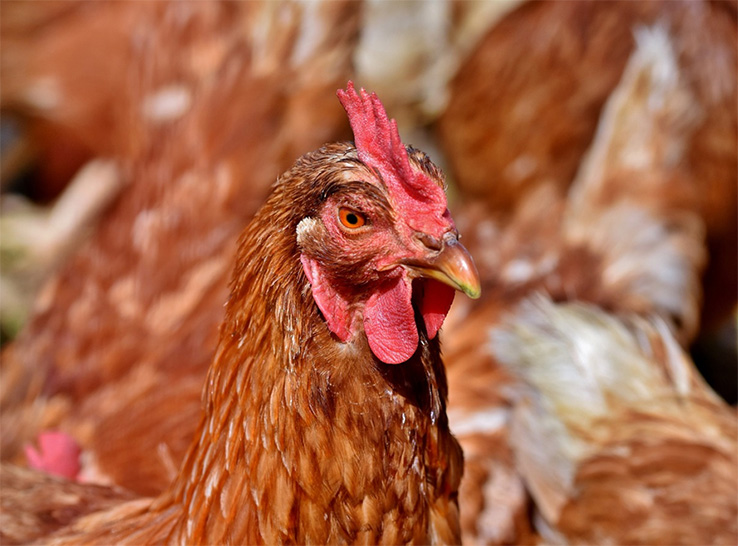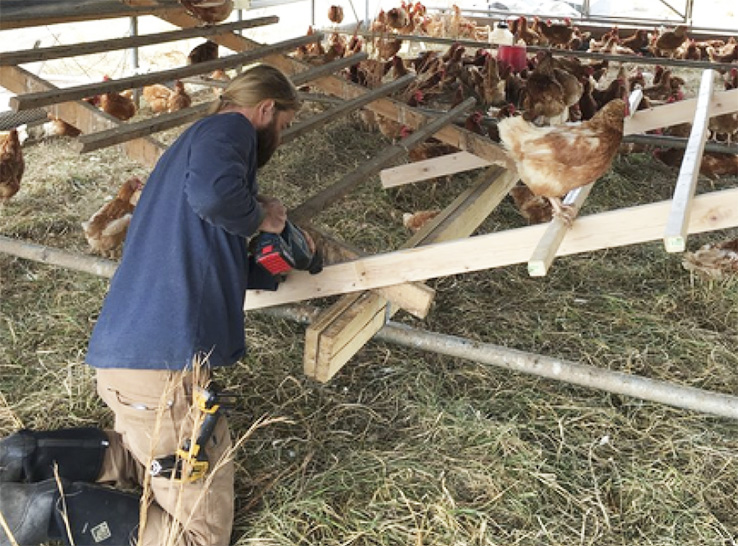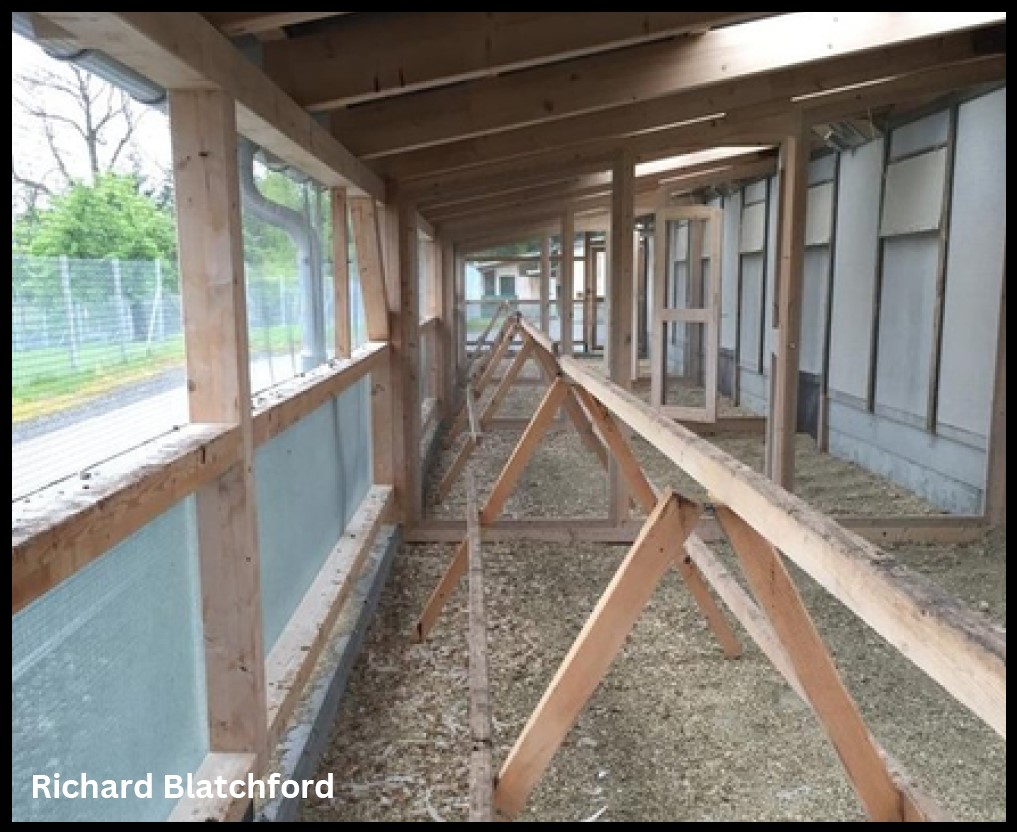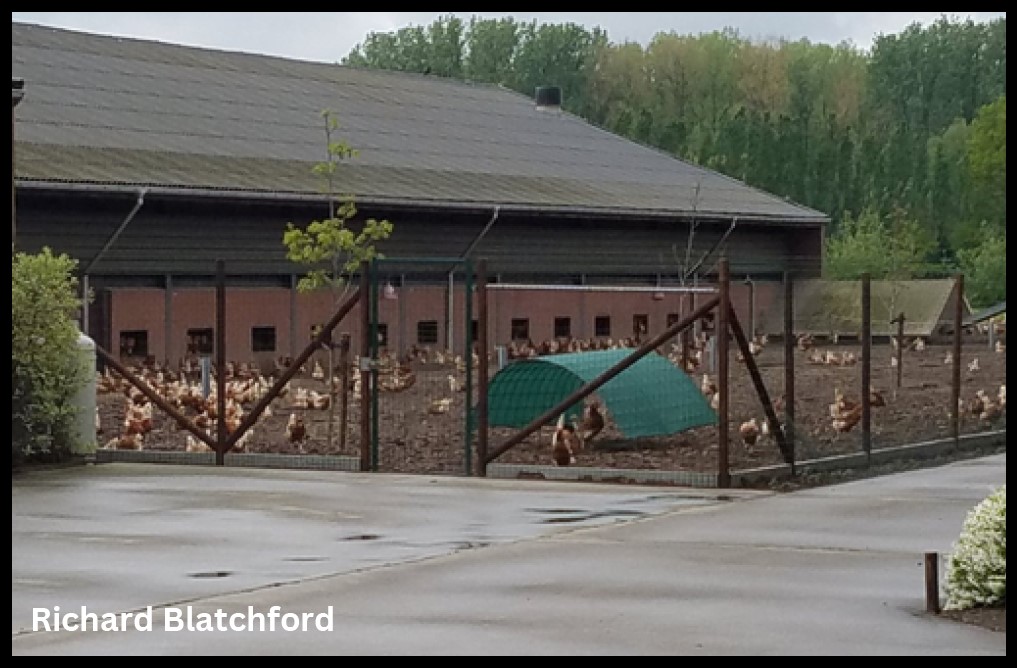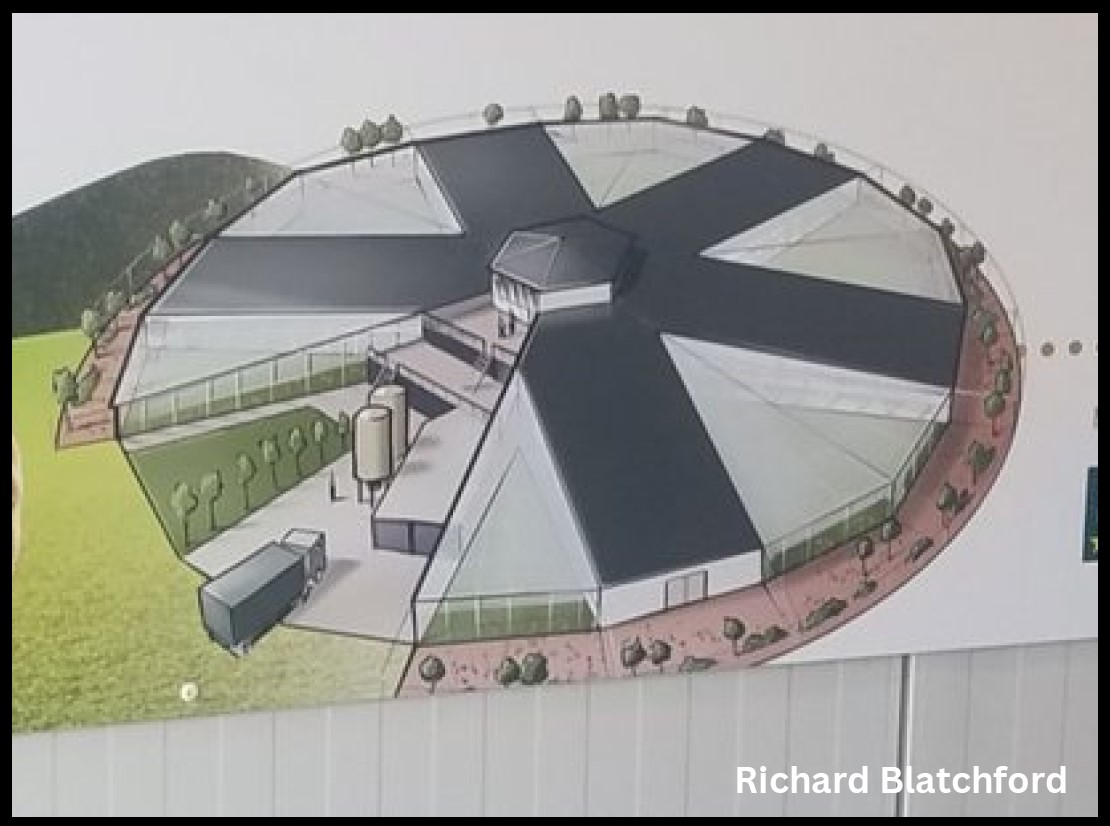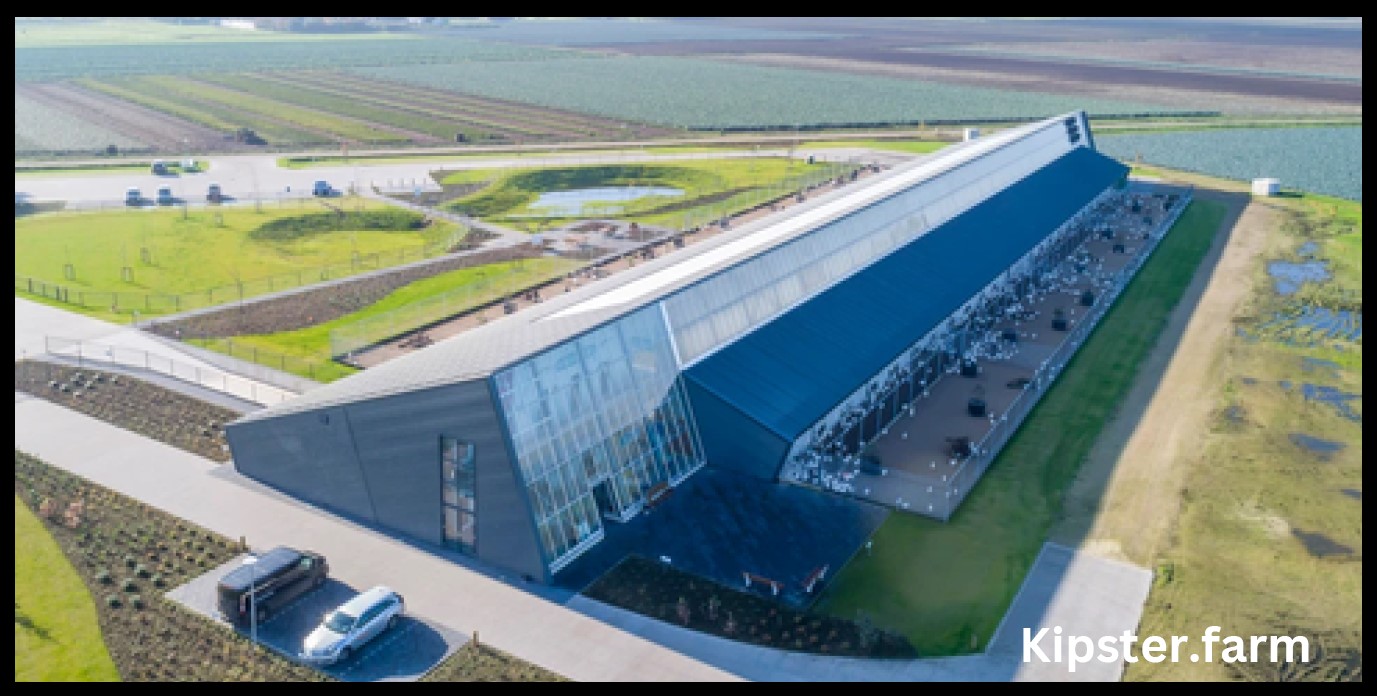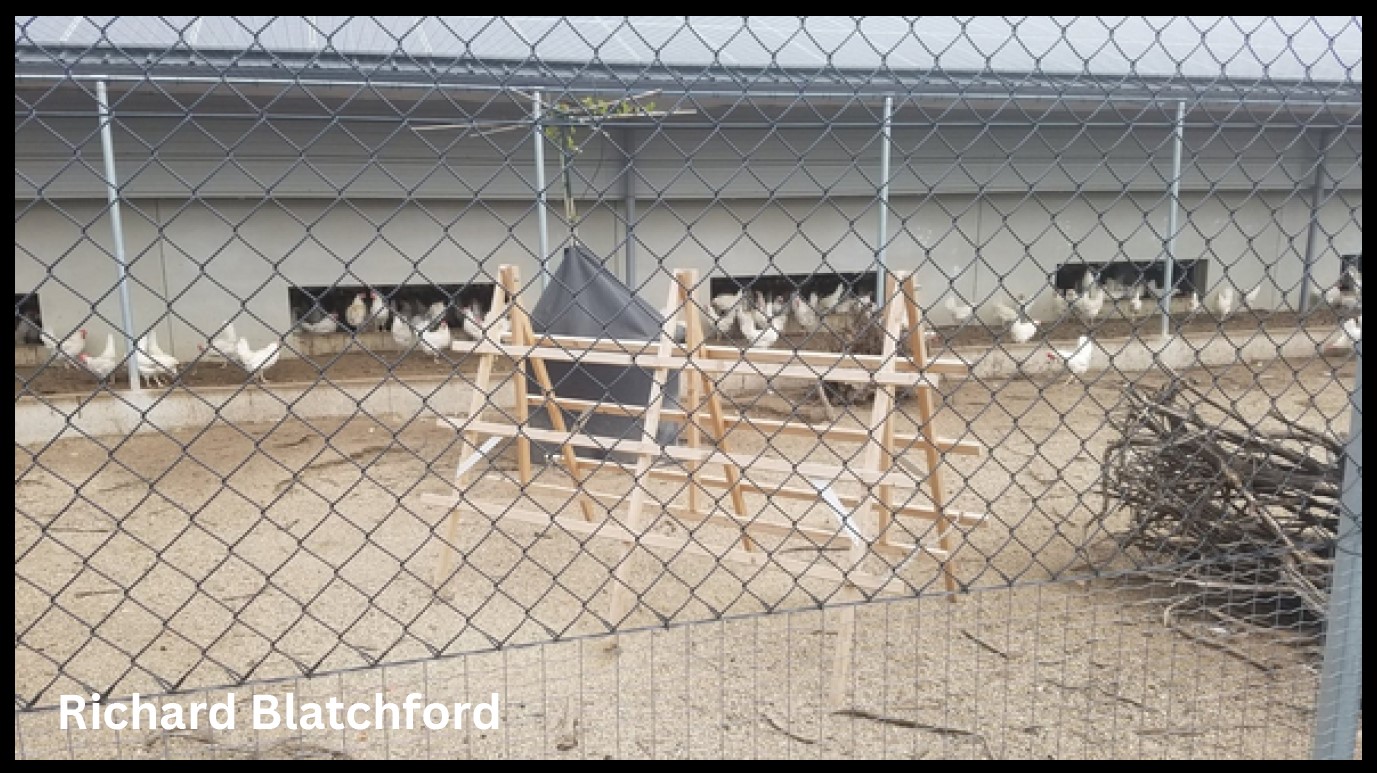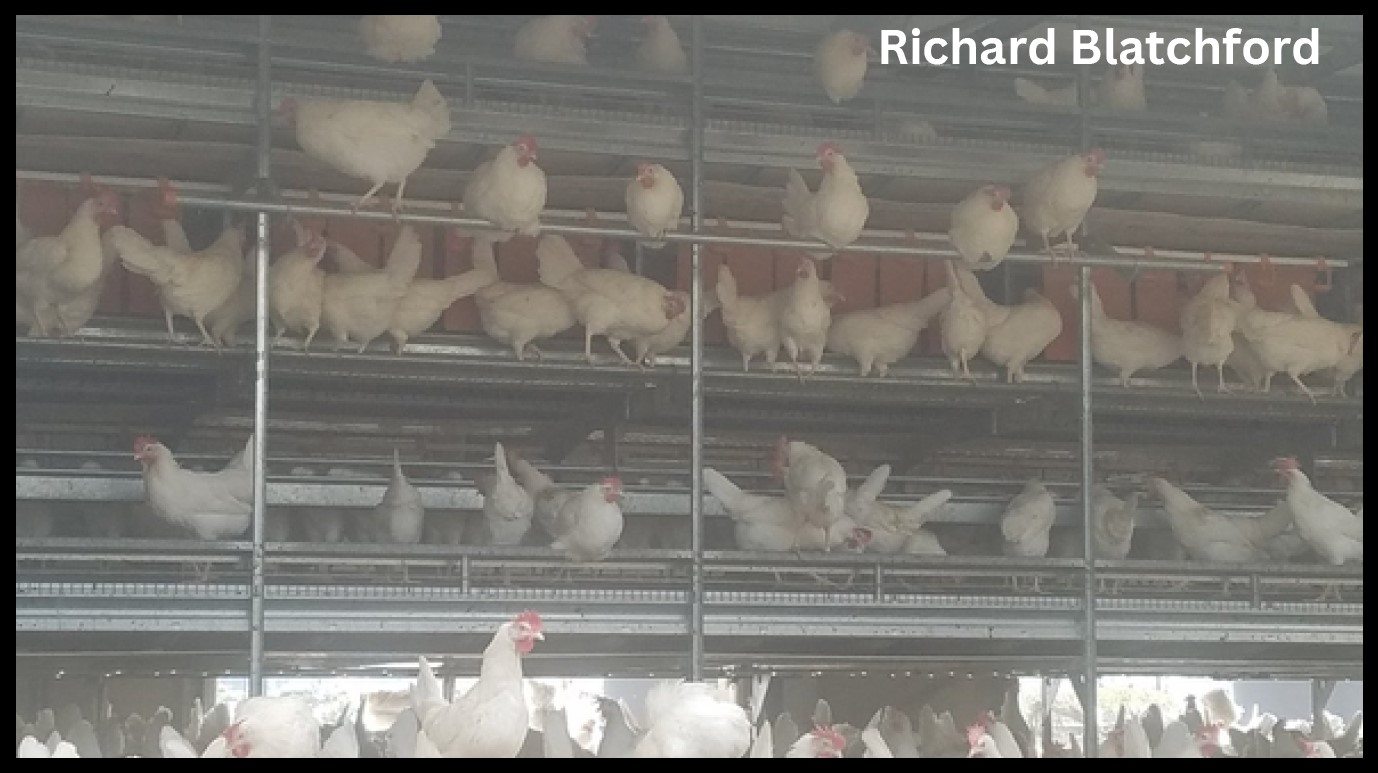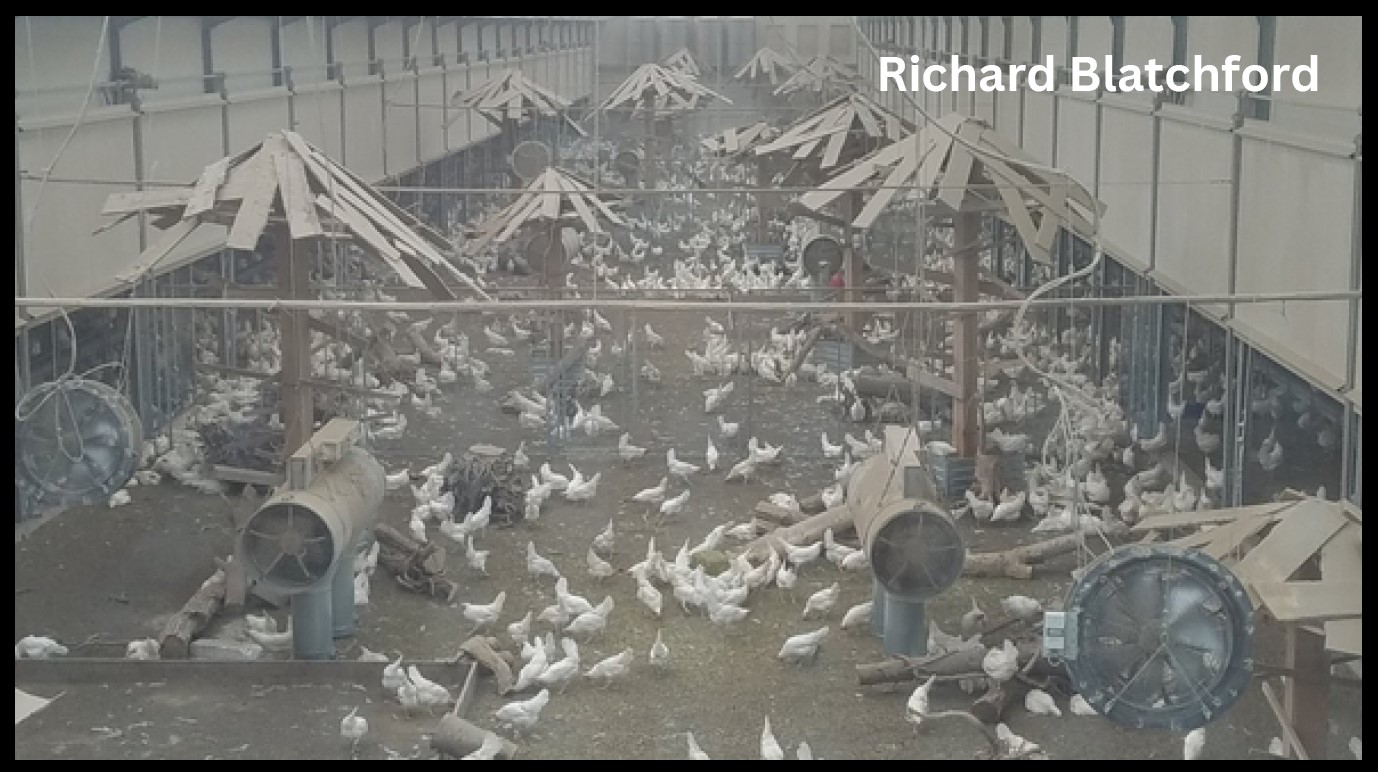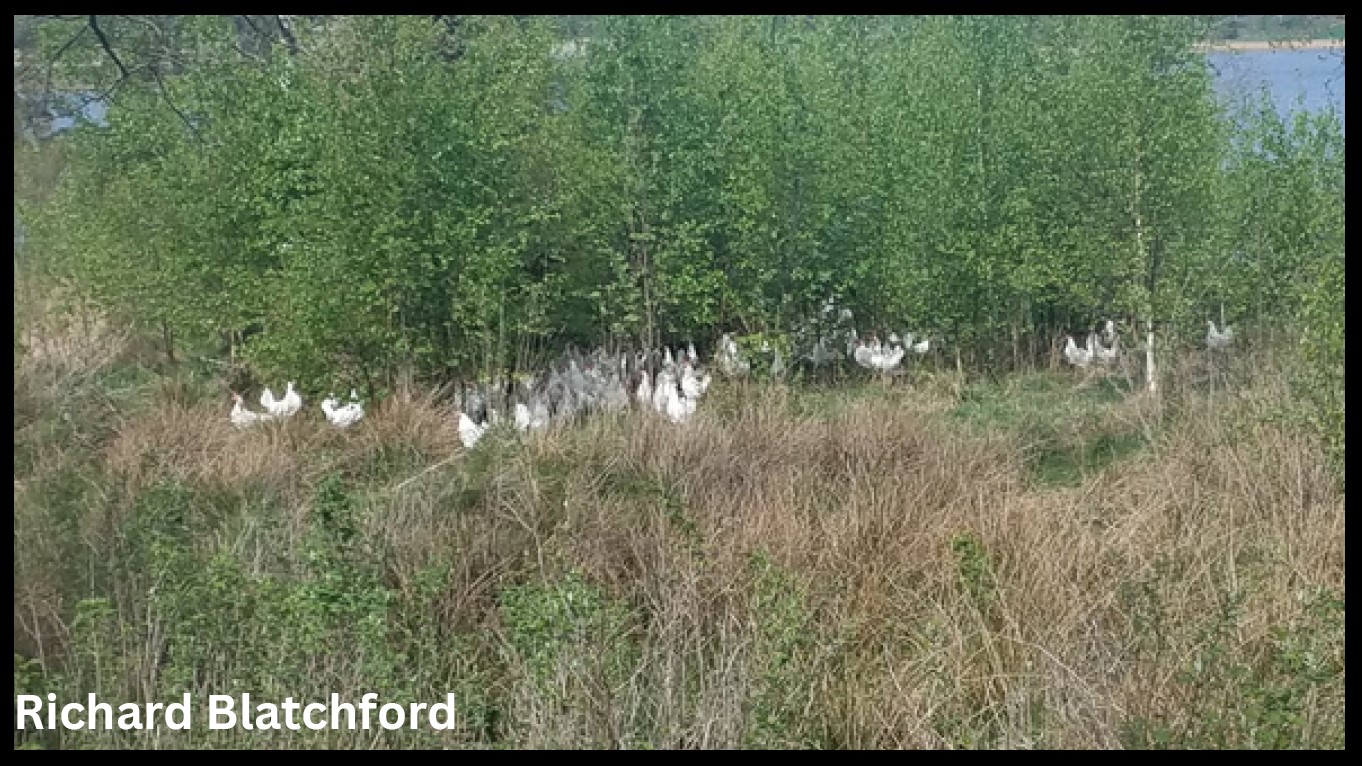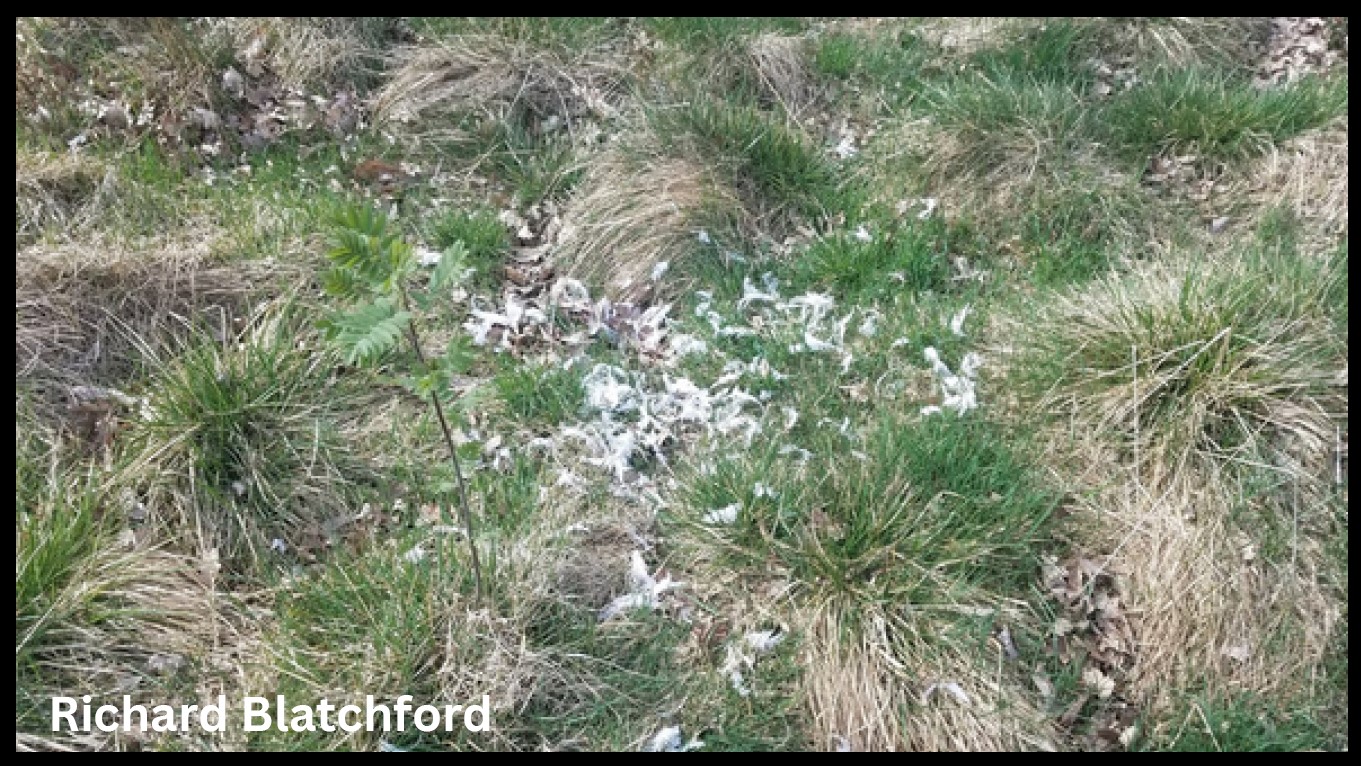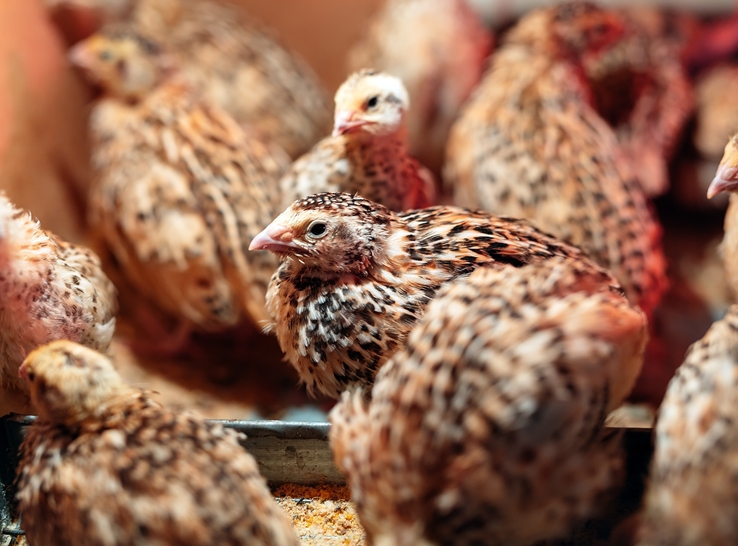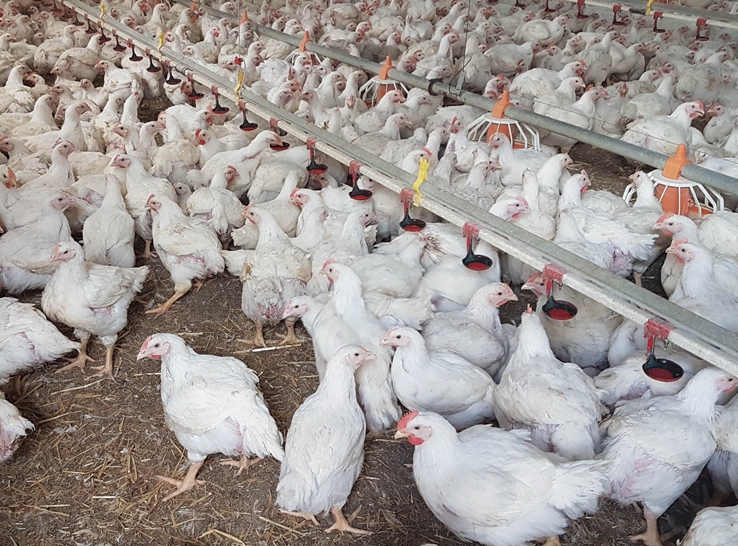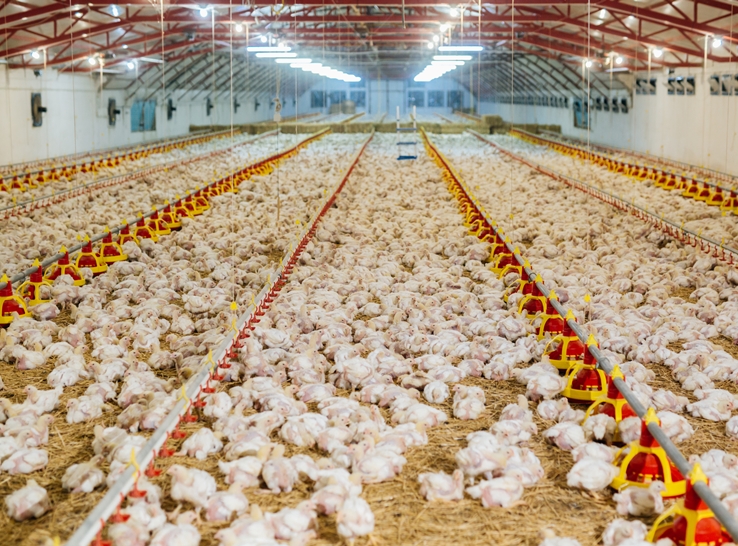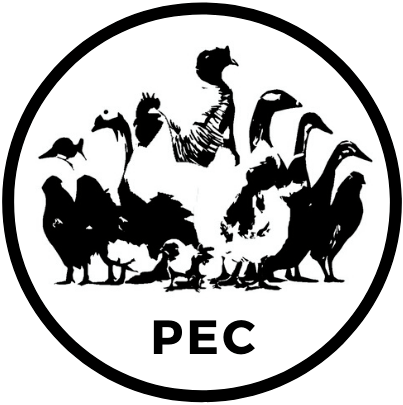By Richard Blatchford, PhD
University of California, Davis
Housing systems for laying hens in the United States (and more broadly across the world) are transitioning away from conventional cages to cage- free systems. Many of these cage-free systems continue to house the hens indoors to control the living environment. However, cage-free also encompasses systems including Organic, Free-Range, and Pasture, which allow the birds varying amounts of access to the outside. This article from the Poultry Press discusses some of the benefits and challenges to outdoor access and some systems that are under development to try to solve those challenges.
Porches, verandas, or winter-gardens
These types of systems allow for hens to access a porch style area with access to sunlight, but not direct access to pasture.
The porches are typically covered and screened so as to keep wild birds or predators from gaining access. The porch floors may be dirt or covered in substrate, and enrichments such as perches or straw bales are usually provided. Feed and water may also be provided on the porch.
Free-range
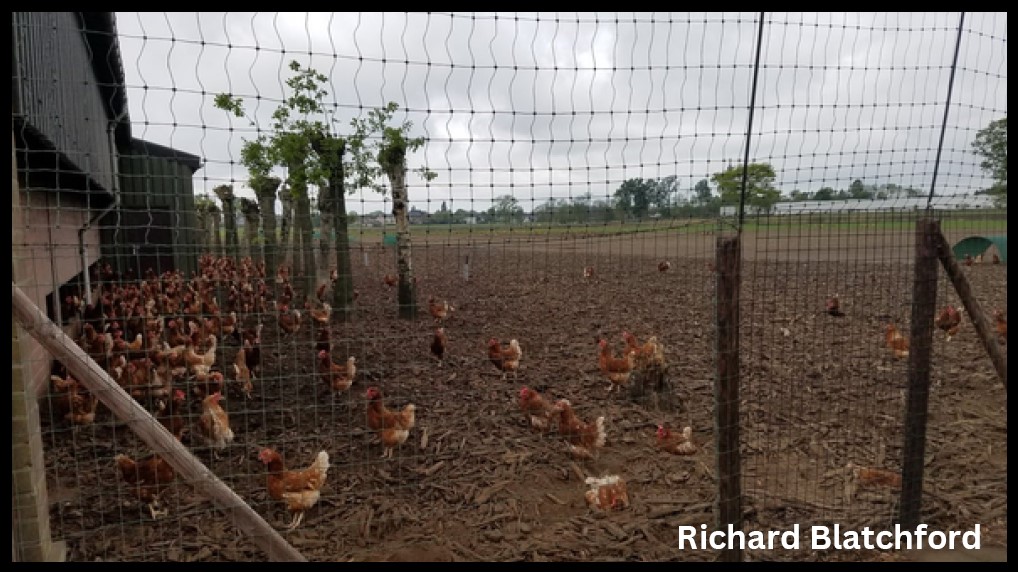
This pasture system has a large range area compared to free- range with mulch near the barn but soil and vegetation further away.
Free-range systems typically consist of a standing barn where the birds are given access to the outside by small doors (called pop holes) on the sides of the buildings.
The housing system used inside is cage- free, but may include floor housing, aviaries, or multi-level floors. The doors are often closed at night to keep predators out, and sometimes in the morning so hens stay near the nesting areas. When the pop holes are open, hens can choose to go outside or remain indoors. Once outside, hens have access to a vegetation covered range area which may be fenced in and covered. The range area can vary widely in terms of both size and quality between farms.
Pasture
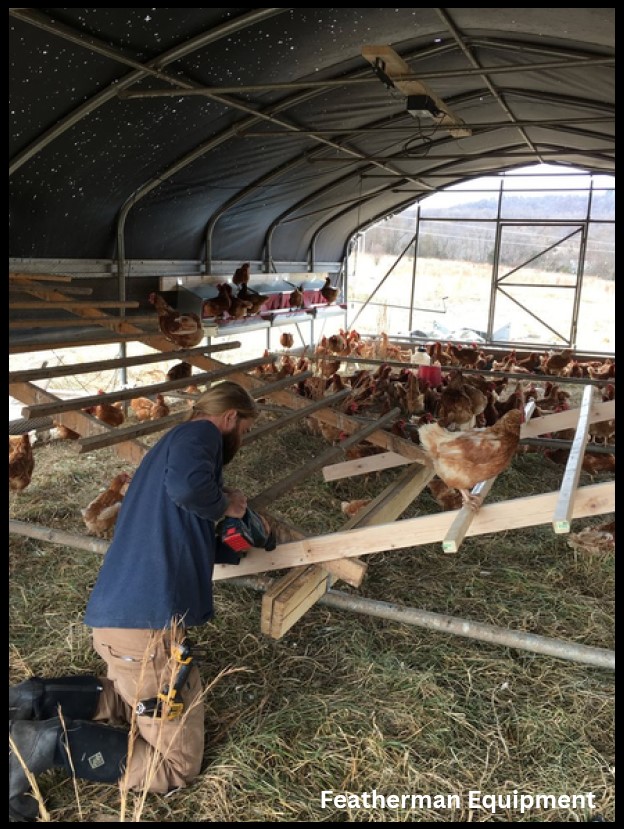
Here a producer adds perching inside a pasture prairie schooner. Also, nest boxes can be seen in the back of the house.
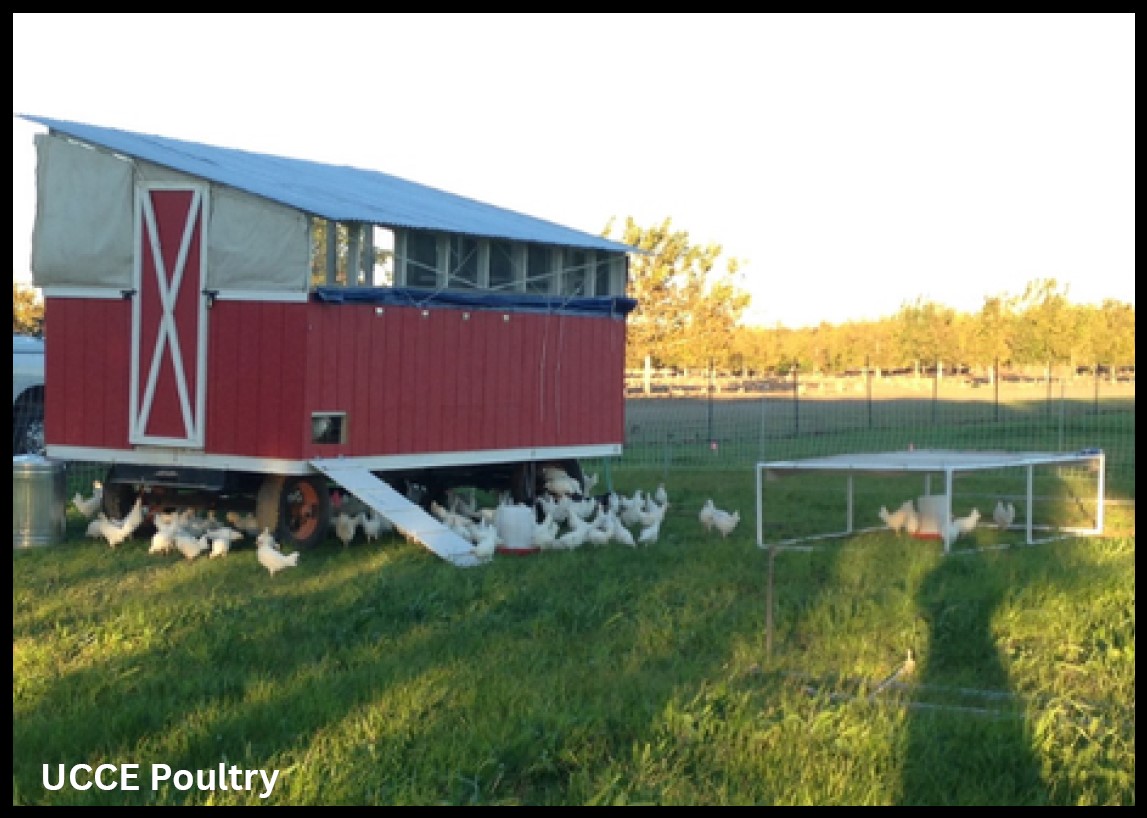
This mobile coop has a shade area that can also be moved. Adding covered areas with feed and water can help move hens away from the coop.
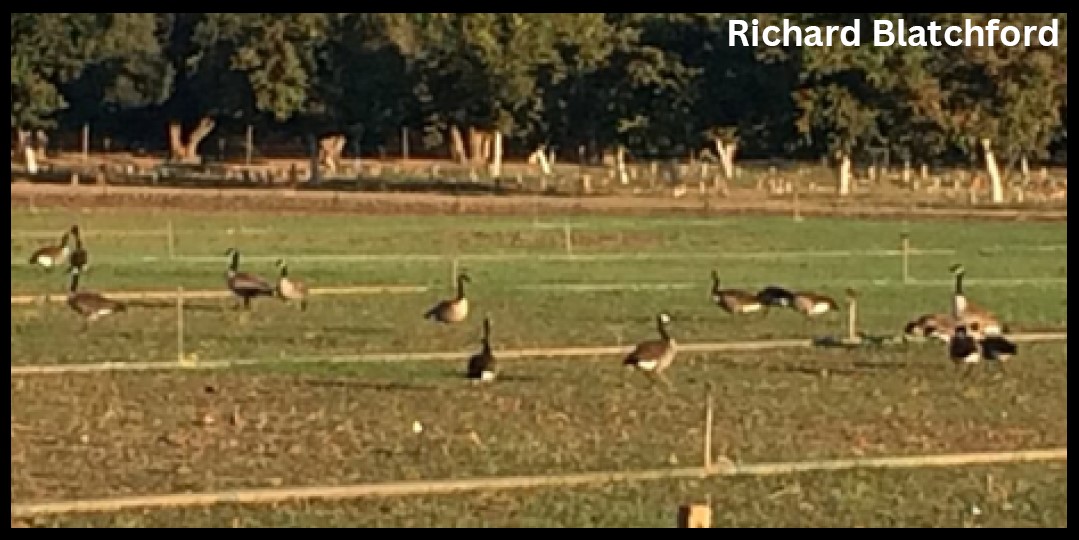
Waterfowl gathered on a pasture for laying hens. Waterfowl can carry parasites and infectious diseases like Avian Influenza.
Pasture systems are designed to keep hens primarily outside. This is typically achieved by using mobile coop units in the United States. Mobile coop units are small moveable coops that have enough room for the hens to perch at night and enough nesting space for hens to lay their eggs.
The coop is not designed for any other use, and most hens, unless laying, spend the majority of the day outside. As pasture generally consists of open fields, the hens tend to stay right by or under the mobile coop units, and it is important to rotate the coops throughout the pasture so that hens have access to fresh vegetation. This type of system typically has the highest rate of predation. Hens will also come into contact with wild birds, increasing the risk of disease transfer, including waterfowl which carry Avian Influenza.
Systems that bring the outdoors indoors
The Rondeel
This system was developed in Europe in the early 2000s. The idea is to provide indoor housing (aviaries) with access to outdoor – like areas that are actually indoors. In the schematic to the right, the dark areas represent the aviaries and the lighter wedges represent the day areas.
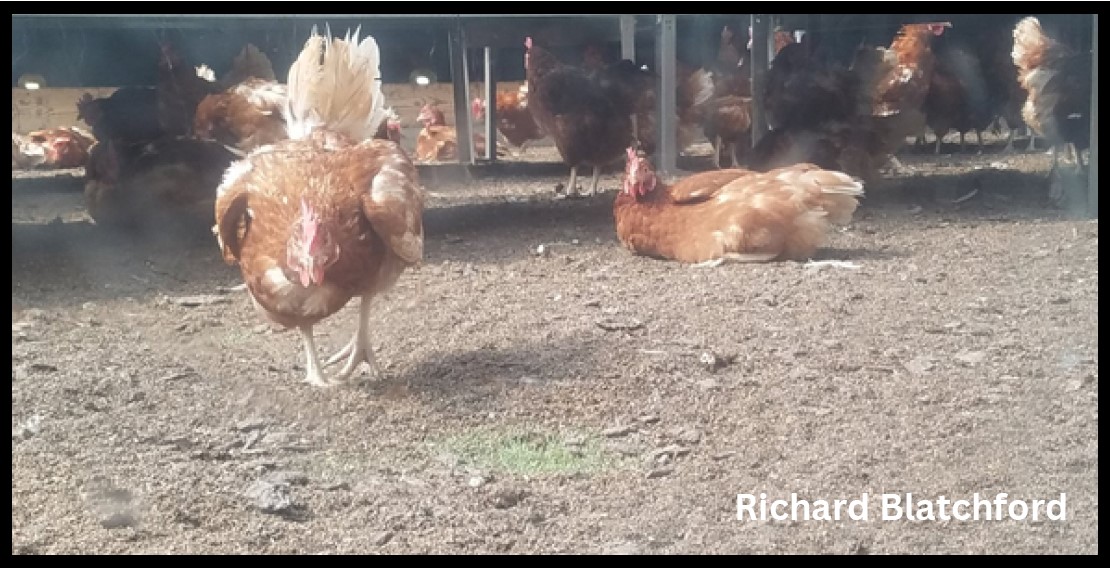
Hens sunbathing and dustbathing in the day area. There is some artificial grass peeking through in the foreground.
These are covered in waterproof transparent panels, allowing sunlight. The flooring is covered in artificial grass, with perches and platforms for the hens. The outside of the system has areas that are covered in woodchips and tree stumps for the hens to use for foraging and dustbathing.
This system was designed with hen welfare first in mind and was a revolutionary new design concept. However, the system did not become popular due to the expense of building and the eggs could not be sold as free- range, and so did not command a premium to cover the cost. There are a few Rondeel systems still in use in Europe.
Kipster
The Kipster system was also developed in Europe, building on the design of the Rondeel. The Kipster built its design to incorporate all levels of sustainability, including hen welfare.
The Kipster allows the birds to have some outdoor access along the length of the buildings. This area is covered with netting to reduce entrance of wild birds and predators. The hens do not have access to vegetation. The indoor area consists of aviaries and an indoor section with skylights for natural light and many enrichments for the hens to engage with.
Male chicks are not culled with the Kipster system. Instead they are raised at a separate location for meat production.
The Kipster system is expanding, with one farm now producing eggs in the United States (Indiana).
Is outdoor access good for welfare?
|
Outdoor access benefits |
Outdoor access challenges |
|
Hens have dietary choice with range access |
Difficult to control consumption of nutrients |
|
Hens have no behavioral restrictions |
Hens may wander or lay eggs outside of nesting areas |
|
Exposure to sunlight |
Less control of exposure to extreme temperatures |
|
Allows choice for hens/mental stimulation |
Predation risk is very high |
|
Dynamic environment/variable enrichment |
Exposure to potential disease and parasites |
There is a longstanding perception amongst US consumers that giving hens access to the outside improves their welfare. However, there have been very few studies that have examined this link. As seen in the table to the left, some benefits and challenges have been identified with access to the outdoors. Some of the challenges, such as lack of temperature control and high predation risk, have proven quite difficult to manage while maintaining the behavioral freedom of the hen. Predation risk in particular is very difficult to control, as many predators have legal protection, and there is little recourse for producers to stop the predators. Many predators also remove the carcass from the farm, making it difficult to know when only a couple of birds have been predated.
Exposure to wild birds also brings with it a higher risk of disease, especially highlighted in the recent Avian Influenza outbreaks.
To view all issues of Poultry Press, click here.
Editor’s note: Content on Modern Poultry’s Industry Insights pages is provided and/or commissioned by our sponsors, who assume full responsibility for its accuracy and compliance.

